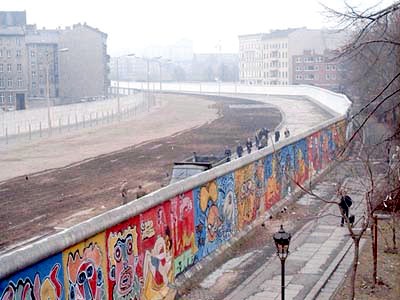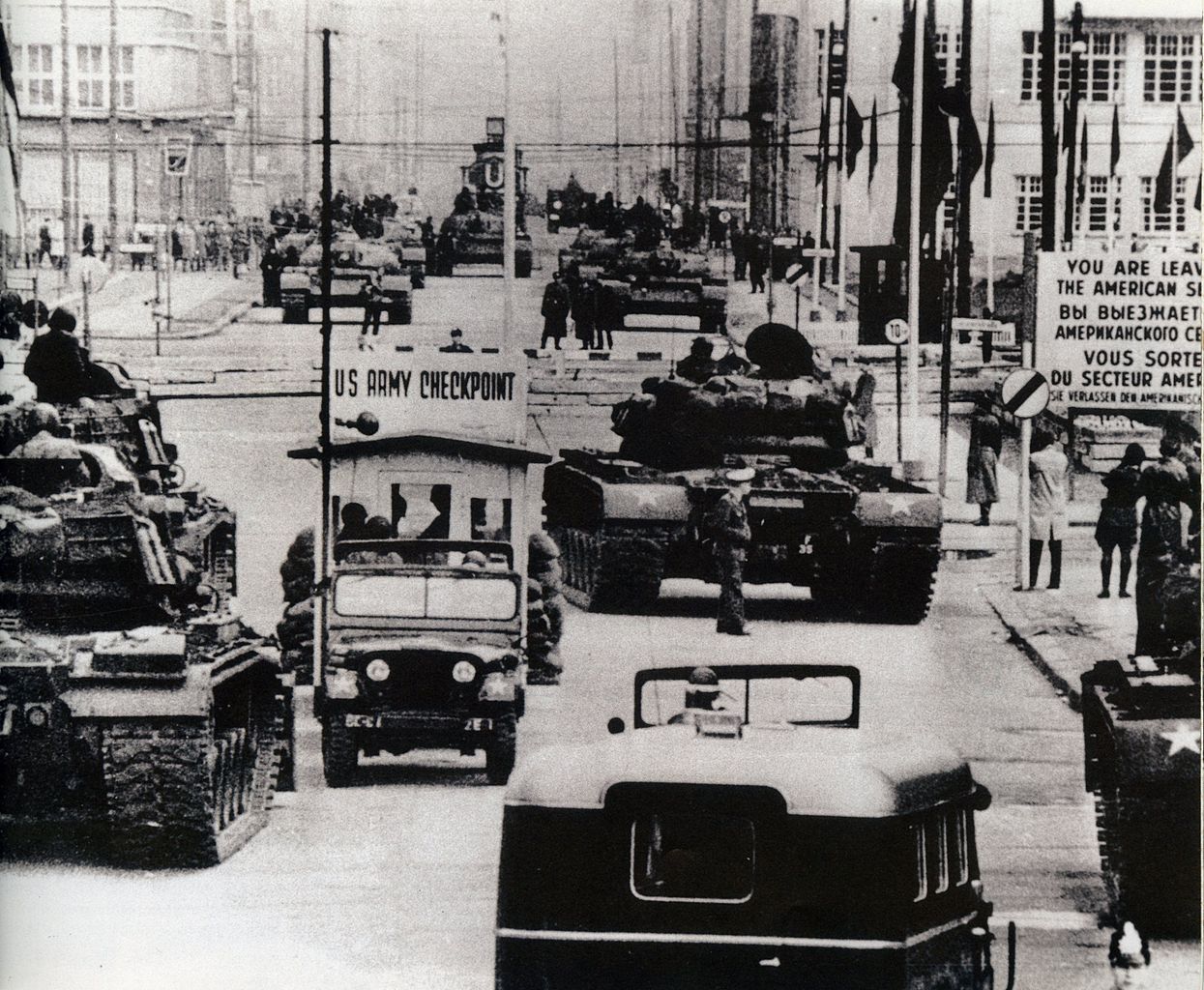The
New Cold War
US-Russian relations deteriorated markedly
under the Obama Administration due to NATO expansion, US having
turned a UN “no-fly zone” into a bombing campaign, US
support for the overthrow of a Russian-friendly Ukrainian government,
US plans to place anti-ballistic missile (ABM) defenses in Eastern
Europe, etc. Analysts termed the frosty relations a “new
Cold War”.
As this new Cold War has developed, some of the same Cold War communications mechanisms have returned like: intimidatingly close fly-bys, tit-for-tat maneuvers, propaganda, etc. Such ‘signaling’ is important for observers to that wish to take the temperature of US-Russian relations.
It is even more important now, given the uncertainty of President Trump’s intentions toward Russia in the wake of the missile attack on Syria.
26 Missiles
Only weeks after intervening in
Syria in 2015, Russia launched 26 Kalibr cruise missiles from the
Caspian Sea that targeted ISIS and other anti-Syrian forces.
This was the first combat use of the Kalibr system. Russian
commanders rejoiced at the successful attack, calling the missile
firings “Putin’s Candle’s” because the attack occurred on
October 7th, Vladimir Putin’s 63rd birthday.
Few in the West noted that the number of missiles launched in the attack was also the number of years since the fall of the Berlin Wall ( unrestricted travel at border crossings began on November 9, 1989 for East Germans and December 23rd for West Germans). The Russians have complained bitterly about a promise made by the West soon after the Wall fell: that NATO would not advance “one inch” from its then-current borders was broken. The newspaper Der Seigle, concluded:
After speaking with many of those involved and examining previously classified British and German documents in detail, SPIEGEL has concluded that there was no doubt that the West did everything it could to give the Soviets the impression that NATO membership was out of the question for countries like Poland, Hungary or Czechoslovakia.
. . .
What the US secretary of state said on Feb. 9, 1990 in the magnificent St. Catherine’s Hall at the Kremlin is beyond dispute. There would be, in [US Secretary of State] Baker’s words, “no extension of NATO’s jurisdiction for forces of NATO one inch to the east,” provided the Soviets agreed to the NATO membership of a unified Germany.
27 Minutes on Hold
Almost one year later
(September 17, 2016), US and allied forces bombed Syrian positions at
Deir ez-Zor, giving ISIS an advantage that they acted
on immediately. The attack effectively ended a ceasefire
agreement between the US-led Coalition and the Russian-led Coalition.
Soon after the attack began, Russian officers contacted the US command center to ask that the attack be called off. Russia claims that their officer was on hold for 27 minutes. It is unclear what significance this may have but I am told that any delay in answering a military ‘hotline’ is unheard of. Such stations are manned continually. Thus, US controlled exactly how many minutes the Russians were on hold.
If the Russian’s are correct, ’27 minutes’ could be an historical reference with significance to US-Russian relations. If the Russians are mistaken or rounded up, then it the reference may have been simply to the ’26 Candles’ missile strike of a year before – therefore a rebuke to Putin himself. And lastly, ’27 minutes’ may have no significance at all – simply the time that US needed to complete the airstrikes. I would probably favor the second choice given how frostly relations were between the Obama and Putin.
Whether historical or personal, what these dueling numbers have set-up, is an expectation of numeral signaling. Which the Trump Administration may have taken advantage of.
59 Missiles
On April 4th 2017 the United
States launched 59 missiles against targets at Syria’s Shayrat
airbase. The US said that the attack was to punish the Assad
government for a chemical weapons attack on civilians.
59 years ago (November 1958) the Berlin Crisis (1958-1961) began when Khrushchev demanded that Western allies leave Berlin within 6 months. The resulting tensions led to the building of the Berlin Wall and to a military standoff at Checkpoint Charlie that is said to have been most intense of the Cold War.

There were other important events in 1958 – US troops entered Lebanon; US and Russia launched Satellites into space; Cuban Civil War; etc. – but none were as important to US-Russian relations as Khrushchev’s demand that the allies leave Berlin.
Accessing Meaning and Import
If ’59
missiles’ have symbolic importance, then it would be in conjunction
with public statements by both sides. In other words, decoding
these “messages” requires understanding the context in
which they are made.
Putin has made a point of supporting sovereignty of nation-states and the UN-centered ‘Post-war Order’. The US says that it does not recognize ‘spheres of influence’ (such as ties between Russia and former Soviet states or its ‘near abroad’) and that a ‘New World Order’ is needed. Some US propaganda also claims that Putin aims to re-create the Russian Empire.
The ’27 minutes on hold’ message seems as simple as it is spiteful: “we won, you lost, get over it”. Such a message is consistent with the deterioration in US-Russian relations under the Obama Administration.
To evaluate if Trump’s 59 missiles is a reference to the Berlin Crisis that began in 1958 we need to know how relevant the 1958 Berlin Crisis is to Syria in 2017 and, what, if any, reason would there be for the US to send a symbolic message? Only if both of these make sense can we say that the likelihood of signaling exists.
The major outlines of the 1958 Berlin crisis are similar to Syria in 2017:
- The Berlin crisis was chiefly a diplomatic crisis over the unresolved status of a divided nation. Neither side actually wanted to go to war over Berlin. USSR and GDR pushed hard knowing that treaty obligations (post-war agreements to unify Berlin) supported their demands.All sides recognize the sovereignty of Syria, yet USA wants to carve-out exceptions for humanitarian concerns.
- The Berlin Crisis began in 1958 when Khrushchev surprised the West with a demand that they leave Berlin.Just as Trump’s missile attack on Syria was a surprise to the Russians in 2017.
- NATO allies were very divided over the issue of German unification and Berlin in particular. Europeans didn’t want another war. Khrushchev’s demand (that the Allies leave Berlin) caused turmoil within NATO ranks and the US Government: the hawkish US Defense Department urged a forceful response to the crisis that President Eisenhower and his State Department disagreed with.Khrushchev’s demand sought to exploit these divisions and achieved some success.
Trump has a reason to signal the Russians:
- Trump’s missile attack on Syria – before investigations could be completed – shocked the world. It directly contravenes his previously-stated desire for better relations with Russia and to refrain from regime change. The attack was accompanied by a change in Trump Administration rhetoric.Many claimed that Trump was FORCED to attack to quell neocon and media critics. If Trump’s real intention is to improve relations with Russia, then he would have a reason to seek a symbolic message that conveys that.
It seems reasonable to believe that whoever made the connection to the Berlin Crisis would have explained “the lessons of the Berlin Crisis” to Trump. My best guess is that that person is NSA Gen. McMaster who is a noted military historian. Whoever it was, they choose a reference to 1958 (59 missiles) instead of 1961 (57 missiles). 1961 is when tensions reached a peak with the Checkpoint Charlie standoff and building of the Berlin Wall. 57 missiles might’ve signaled a willingness to be confrontational.
Lastly, just as US has full control over how many minutes the Russian’s will be kept waiting, they also have full control over how many missiles are fired. 59 missiles seems excessive unless you are expecting some to be shot down. But at the Defense Department press conference on April 11th, Secretary of Defense Gen. Mattis said that 59 targets were engaged(!) This eliminates variability in missile number because targeting would be approved at the highest levels (the military didn’t have the lee-way to fire as many as needed to ensure target destruction).

Conclusion
There are many conflicting views
of Trump’s attack on Syria. Trump’s rush to bomb before
investigations could be completed – and despite evidence that the
2013 Ghouta gas attack was a false flag – makes little sense.
Interpreting Trump’s intentions requires that we seek answers in
every detail.
The number of missiles launched in the attack could be a symbolic request for the Russians to exercise strategic patience as the US did in 1958 when challenged by Khrushchev’ demand. The limited damage of the US missile strike against Syria confirms that, like Berlin in 1958, the US wishes to avoid a full-scale war with Russia.
When US Secretary of State Tillerson went to Moscow, he was not scheduled to meet with Putin. Did the ’59 missiles’ reference to the Berlin Crisis cause Putin to change his mind? (They did meet for two hours).
UPDATE: Later developments
Senior members of
the Trump Administration have made a point of stating and restating
“59 missiles”, including
Trump himself. This indicates that the number 59 may have more
than passing significance. (Note, some early news reports had
actually rounded the number to 60).
During his trip to South Korea, VP Pence said that “the era of strategic patience is over”. It could be argued that the the era of ‘strategic patience’ had begun 59 years ago.
NOTE: This post has been updated several times to improve clarity and there was an extensive re-write three days after it first appeared.
